Japanese companies raise standard via Kaizen method
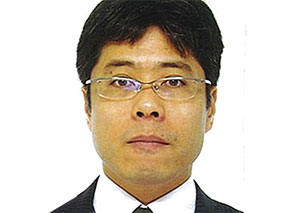 With many foreign investors relocating their production lines from China to ASEAN members, Vietnam has emerged as a popular choice. Is it also a likely investment destination for Japanese enterprises relocating from China?
With many foreign investors relocating their production lines from China to ASEAN members, Vietnam has emerged as a popular choice. Is it also a likely investment destination for Japanese enterprises relocating from China?
We have come across several Japanese companies and businesspeople who said, “We have done business in mainland China, but we would like to find another chance to do business here in Vietnam.” However, these companies have not yet expedited their decision to move to Vietnam. Specifically, they are seeking Vietnamese partners and locations where they can commence manufacturing to replace their operations in China. In many cases, these companies are small and medium-sized enterprises (SMEs) facing stiff competition from global competitors.
Do you think Japanese investors have transferred a great deal of high technology to Vietnamese partners?
In order to avoid confusion, I want to use the phrase “high quality” instead of “high technology”. We know Vietnam is importing many intermediate goods. The localisation rate has increased up to 33 per cent in 2015, from 22 per cent in 2010.
I understand Vietnam has to incorporate advanced Japanese technology to produce higher value-added products in the future. Notably, high-quality companies in Japan are international in nature and high quality is one of the important factors for higher value-added products. We should look at the 1,500 or so Japanese companies that are already in business here and are gradually helping Vietnam with the expansion of the 5S or Kaizen method. 5S is a workplace organisation method aimed at enhancing work efficiency and effectiveness. Kaizen means “improvement”, referring to activities that continually improve all functions and involve all employees from the CEO to the assembly line workers, aiming at eliminating waste.
What should be done so that Vietnam could attract more Japanese investors?
Leaders need to listen to business experts. Vietnamese government officials frequently meet with Japanese companies and business partners, which could help attract investment. The leaders need to show a consistency in their future direction and local policies. Enterprises can consider an investment depending on how well the local plan matches their operation. If a sudden policy change happens, enterprises will have to expend a great deal of effort, which typically eats into profits.
What the stars mean:
★ Poor ★ ★ Promising ★★★ Good ★★★★ Very good ★★★★★ Exceptional
Latest News
More News
- How Masan employs dealmaking to build its consumer-retail platform (November 25, 2024 | 16:00)
- Kim Oanh Group: reaching out internationally (November 25, 2024 | 15:35)
- Takeda’s partnerships to deliver innovative medicine and vaccines (November 25, 2024 | 14:00)
- New SABECO R&D brewery to foster employee creativity (November 25, 2024 | 13:00)
- Operators embark on 5G services (November 25, 2024 | 12:00)
- Automating ports with 5G (November 25, 2024 | 10:41)
- Transforming accountancy with sustainability and ESG leadership (November 23, 2024 | 09:00)
- Vietnamese agricultural goods make Chinese e-commerce debut (November 22, 2024 | 20:04)
- Vietnam National Assembly adopts amended Law on Pharmacy (November 22, 2024 | 19:09)
- Power of partnerships: 30 years of Bayer in Vietnam (November 22, 2024 | 15:34)





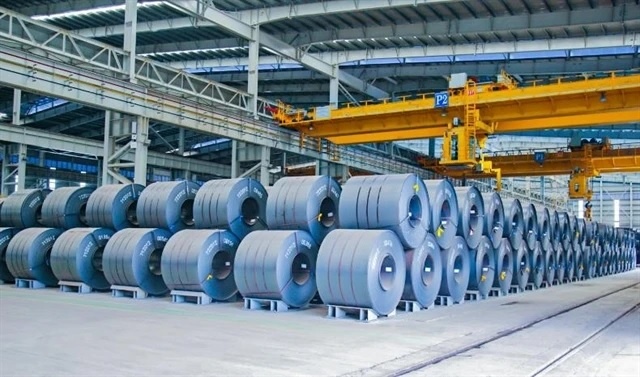
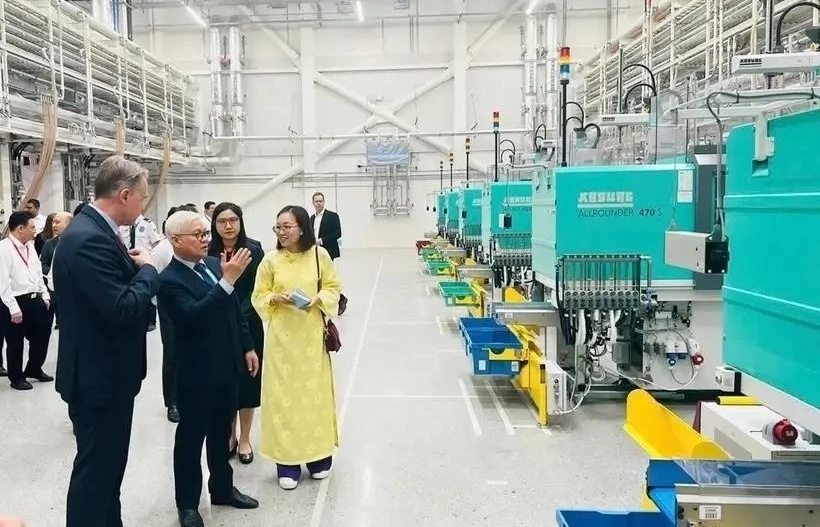

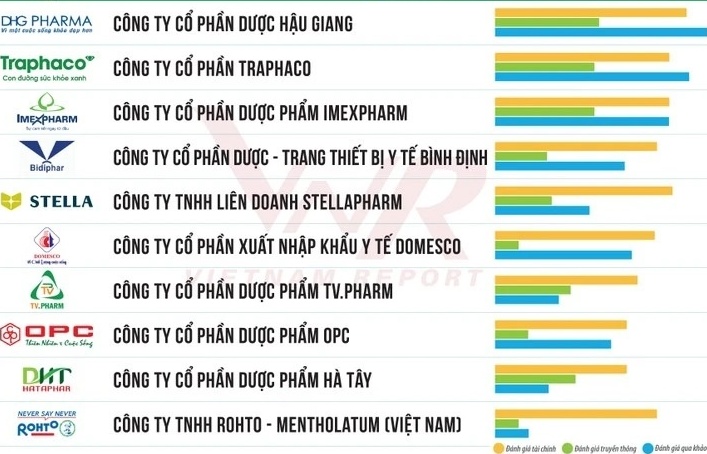




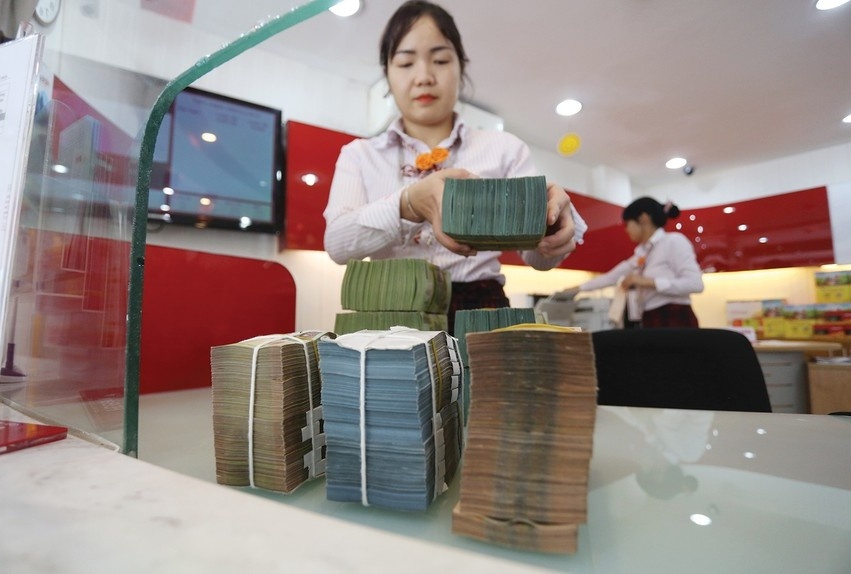

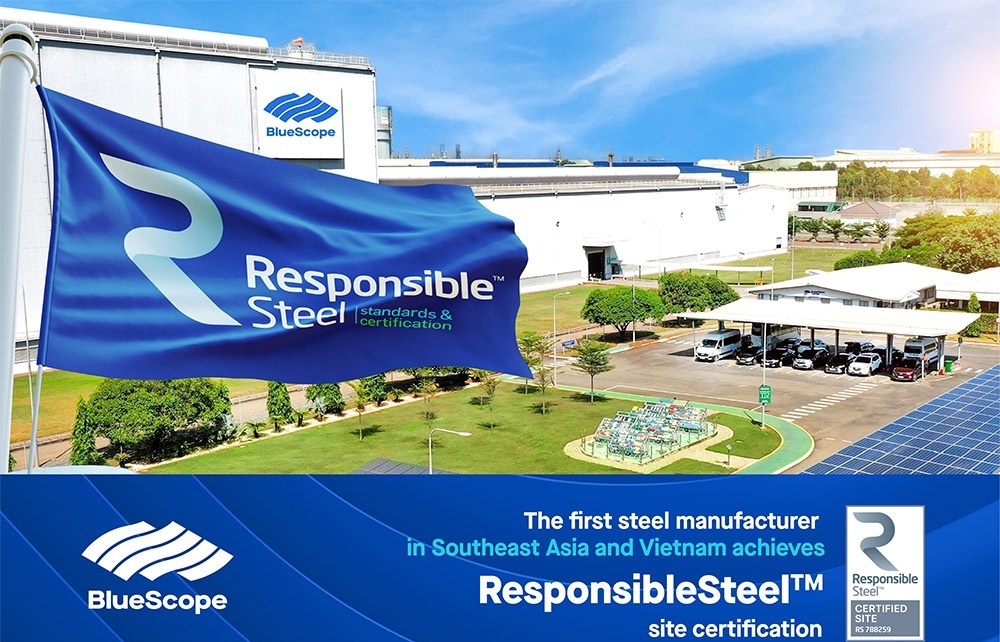




 Mobile Version
Mobile Version